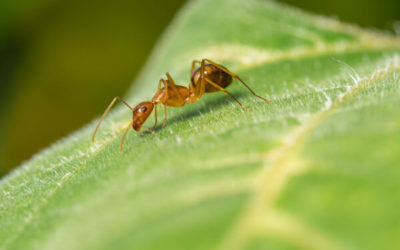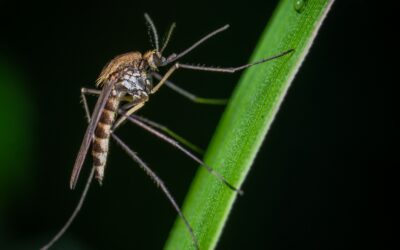
The Basics of Fertilization and Weed Control
Fertilizer and weed control is a vital part of keeping your lawn looking its best and remaining beautiful year-round—but it can be a complex process that leaves many people confused about their lawn’s overall health and maintenance.
Benefits of Fertilization and Weed Control
A healthy lawn that has been fertilized has fewer problems with weeds, insects and disease, because it has the nutrients that it needs to thrive. But it’s not as simple as going out and buying just any fertilizer for your lawn—the type of fertilizer you choose depends on your soil type and existing nutrients. Furthermore, application of fertilizer is a game of balance: Too much and you’ll burn the grass or cause an overabundance of certain nutrients, like nitrogen. Excess nitrogen causes great looking tops, but virtually no roots, leaving you with a brown, dead lawn as soon as summer rolls around and the plants can’t absorb enough water to survive.
Weed control prevents your lawn from being overtaken by unwanted, invasive types of plants that compete for your lawn’s nutrients. Because tilling up some types of weeds can cause them to spread even further, consider using herbicides to treat invasive plants instead.
Fertilizer Treatments: A Game of Numbers
Because over-fertilization can harm your lawn, treatments should be spaced out evenly, over the course of a year. Also keep in mind that plants will need different amounts of fertilizer based on the season and related weather conditions, in addition to whether they’re cool or warm season grasses. Weeds also start growing at different times of the year, so treating your yard for one type of weed doesn’t mean that another type won’t take its place. For this reason, weed control treatments should also be divided up and applied throughout the year. At West Termite, Pest, and Lawn, we recommend we offer 7- and 8-step programs in addition to customized programs to suit your unique needs and budget. Learn more here.
DIY v. Hiring a Professional
Professional companies provide you with an in-depth soil analysis and recommended treatments customized to suit your specific needs. Though you can always buy products yourself and opt for DIY application, you’ll need to determine the types and quantities of each nutrient needed, the life cycle of each type of weed you’re trying to eliminate, and which products work best at removing them depending on the time of year—and that’s before you take into account extenuating circumstances like weather, pests, and more. The time it takes to educate yourself about these topics and then apply that knowledge can be overwhelming.
Furthermore, you may not have access to some products; for example, if you can’t find an organic fertilizer, are you willing to potentially expose your child to a non-organic one instead? Some pesticides are also only available to licensed application specialists who have been trained to ensure they are using the product properly and help avoid health or toxicity issues. Some things are better left to the professionals.
Timing of Applications
Timing of application for fertilizers and weed control products has countless variables. To take some of the confusion out of lawn care and maintenance, contact us!
More posts from West Termite, Pest & Lawn
Deterring Ants from Going Into Your Kitchen
Ants are among the most common household pests, and the kitchen, with its abundant food sources and moisture, is a prime target for these tiny invaders. Understanding how to deter ants from entering your kitchen involves a combination of preventative measures,...
Diseases That Rodents Can Bring
Rodents, while often small and seemingly innocuous, are significant carriers of numerous diseases that can pose serious health risks to humans. These pests, including rats and mice, thrive in various environments, often seeking refuge in human dwellings where food,...
Dealing with Mosquito Season
As the weather warms up, many of us look forward to spending more time outdoors, enjoying our yards, and hosting barbecues. However, with the arrival of summer comes the unwelcome presence of mosquitoes. These pesky insects are not just a nuisance; they can also pose...



